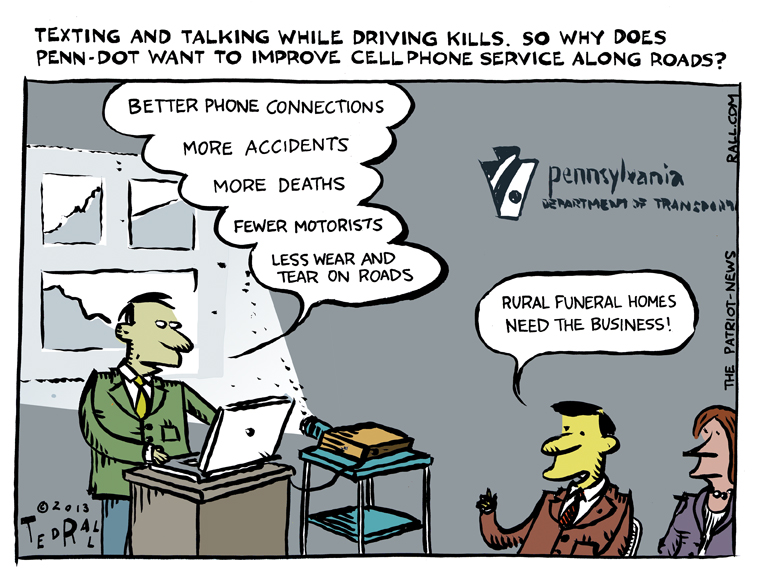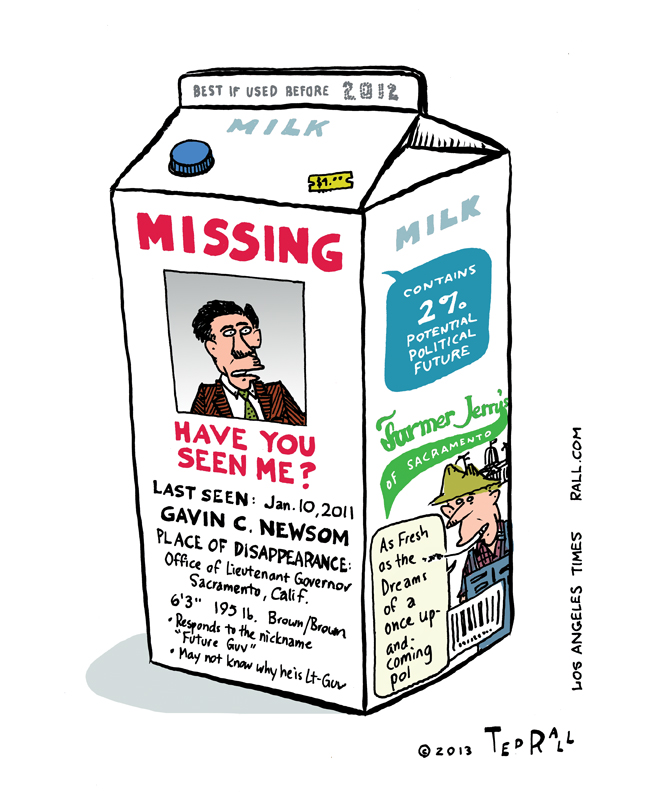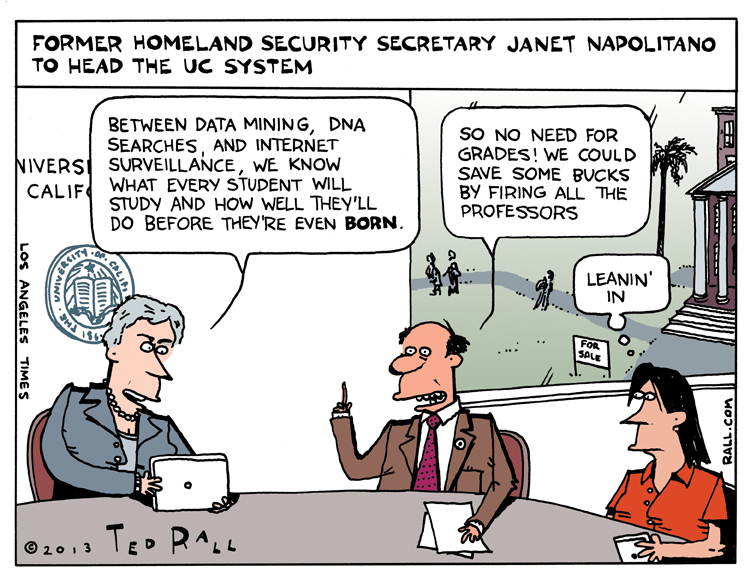Thanks to generous donations by regular readers, we’ve raised nearly $1500 out of the $2000 goal to revamp and modernize the Rallblog. The goals are to improve the interface, make it run faster, and a better overall experience for you. It’s been six years since any major changes, and those were done by me trying to figure out CSS, not a professional web architect. It’s time.
If you’re into political cartoons and commentary that takes a different tack, please consider supporting this site. Years of bloodletting have reduced the ranks of America’s editorial cartoonists to fewer than 40 — less than in Zambia — with perhaps 10 still doing high-quality work. The Donate button is in the sidebar to the right.



